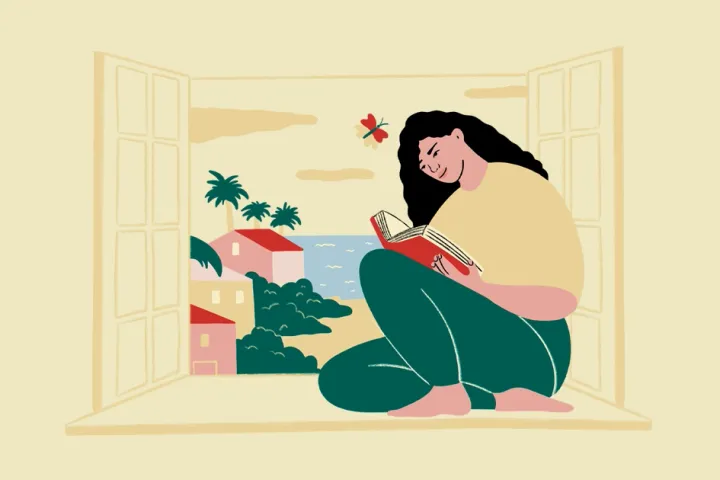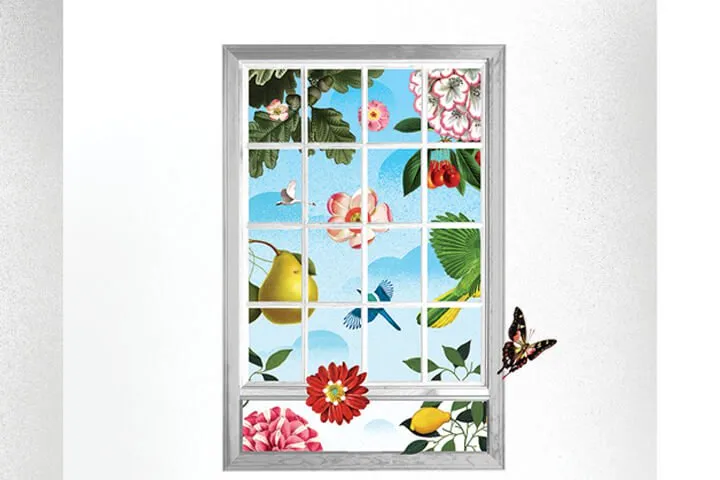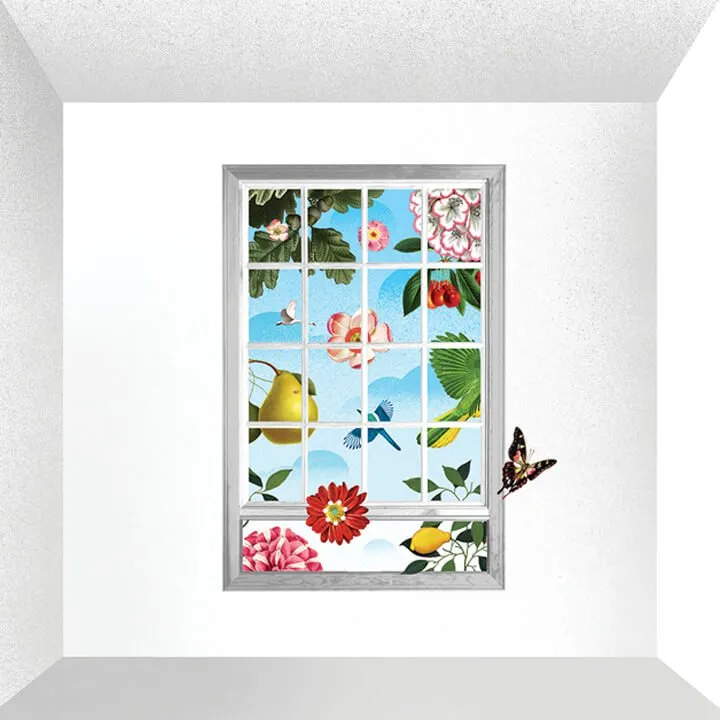Peter Paul Rubens, Christ on the Cross Between the Two Thieves, 1619-20

One of the criminals who were hanged railed at him, saying, “Are you not the Christ? Save yourself and us!” But the other rebuked him, saying, “Do you not fear God, since you are under the same sentence of condemnation? And we indeed justly, for we are receiving the due reward of our deeds; but this man has done nothing wrong.” And he said, “Jesus, remember me when you come into your kingdom.” And he said to him, “Truly, I say to you, today you will be with me in paradise.”
– Luke 23:39-43 (ESV)
We do well to return to the old story of Christ’s death and resurrection again and again.
A lot is happening in Peter Paul Ruben’s Christ on the Cross Between the Two Thieves. The thieves crucified next to Jesus debate who He truly is. A centurion thrusts his spear into the side of the dead Christ. Nicodemus and Joseph of Arimathea look on from behind as Mary Magdalene implores the centurion to stop. Jesus’ mother Mary looks away in sorrow, perhaps remembering Simeon’s words from when Jesus was a child—that a sword would pierce her soul because Jesus would reveal the hearts of many (Luke 2:35). This is that moment. Behind them, darkness races in to cover the landscape.
Rubens painted this large oil-on-wood panel as part of an altarpiece for a church in Antwerp. The painting was meant to be seen regularly by people, in the context of corporate worship. As a churchgoer today might gradually commit to memory a stained-glass window in her sanctuary, worshippers in Antwerp would have absorbed the content of this painting simply by facing it week in and week out. The people in the scene would have become familiar to them over time as well.
Click here to finish the Visions of Christ series.
To know Jesus is to encounter Him and to become familiar with Him. When we return to Scripture to celebrate the Easter season—when we read about the two thieves, one who believed and the other who did not, or the centurion who came to believe Jesus must have been the Christ, or how the temple curtain tore—we familiarize ourselves with Jesus and what He did to reconcile us to our Maker.
We do well to put ourselves in front of the old story over and over again. When we do, we are hiding it in our hearts.





